How to Name a Dinosaur and Make a Scientific Discovery?
14.03.2024 04:30
3336 views
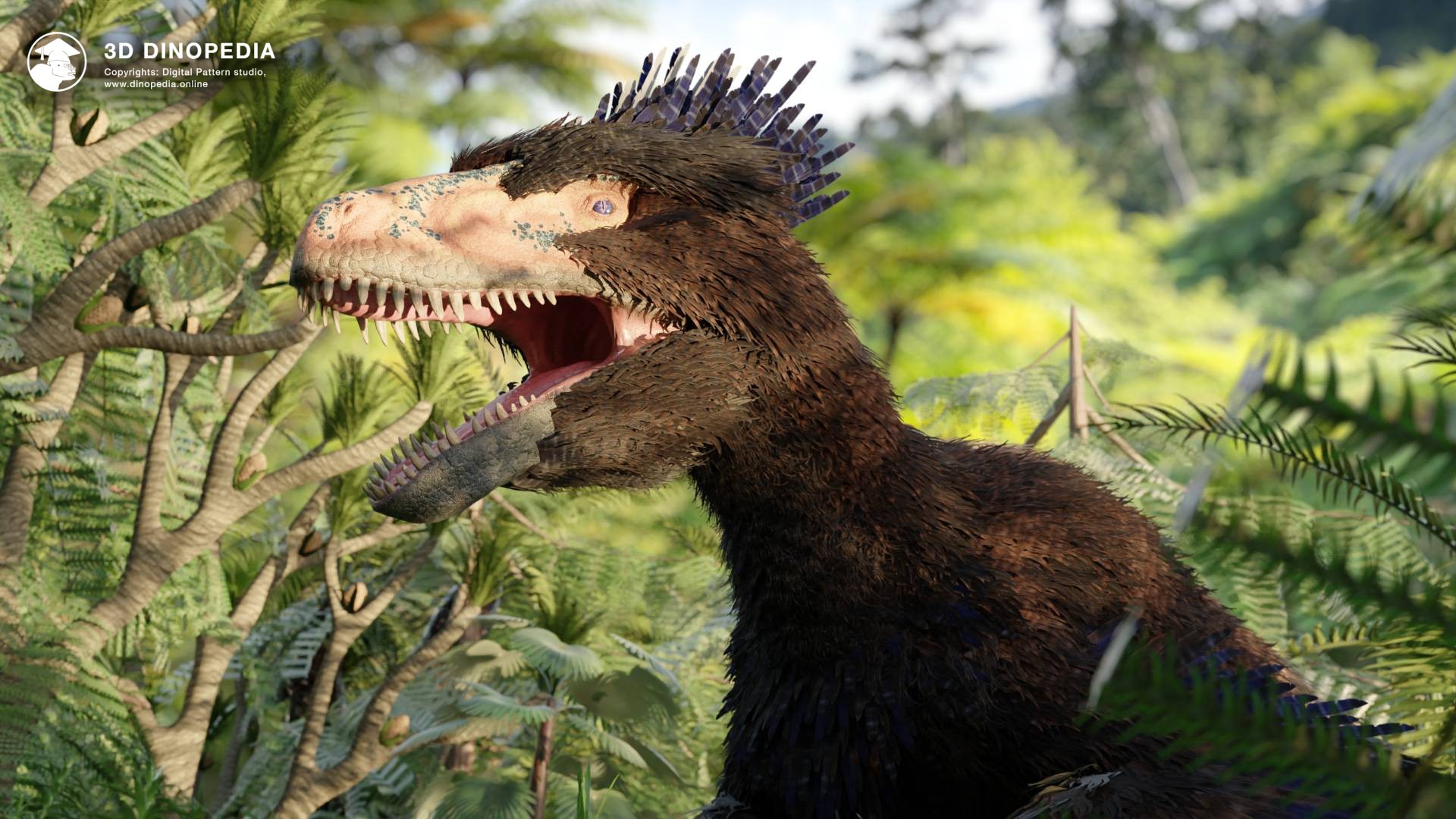
Tyrannosaurus, Utahraptor, Liliensternus — who named these dinosaurs and other ancient animals? Why are they named the way they are, and is it possible to come up with your own name for a dinosaur? Let's get acquainted with the main principles of creating a name for a dinosaur.
Imagine we want to name a newly discovered dinosaur. How do we do that? First of all, we need a species of these ancient reptiles that has not been previously studied. It is not necessarily to find it by ourselves, although discovering the remains of a new dinosaur species with your own hands is undoubtedly thrilling. It's possible to study already discovered bones, for example, from a museum collection, by arranging collaboration with a curator of paleontological finds. The key moment is the discovery of an animal previously unknown to science in the collection and its identification, which is a challenging task!
Certainly, deep understanding of the subject is required both for participating in large-scale excavations and for deftly moving through museum storages in search of unique specimens. It's necessary to be not just a connoisseur, but ideally, a scientist. However, strictly speaking, having a degree in paleontology is not always mandatory. Many outstanding paleontologists of the past managed without specialized education, and even today, you can meet such talented autodidacts. However, specialized training significantly simplifies collaboration with museums for studying collections and participating in expeditions, as a person trained to distinguish one fossil from another more easily recognizes a dinosaur bone among stones.
Suppose we have discovered a skeleton that, as we understand with confidence, belongs to a new, previously unknown species. Can we name it ourselves? Unfortunately, no. An example would be an attempt to publish a photo of the skeleton on social media with an invented species name underneath. Such a post will not be recognized as a scientific publication, and therefore, the proposed name will not gain official status. To officially name an animal, it is necessary to prepare its scientific description, following strict rules and criteria.
Before starting to write the scientific description, it's important to determine the type specimen. If only one skeleton or its part is found, it automatically becomes the type specimen. In case of finding several specimens, for example, a hundred ammonite shells, one should choose the most characteristic and well-preserved one, which will become the holotype of the new species. In the future, researchers will refer specifically to the holotype to study the features of this species.
For the scientific description, it is critically important to document where, when, and by whom this specimen, as well as other specimens used for the description of the species, were found. In paleontology, special attention is paid not only to the location but also to the layer of rock where the species was found.
The next step is a detailed description of the species, the more detailed, the better, including a brief description (diagnosis) and comparison with supposed relatives. For example, when discovering a new species of Tyrannosaurus, it should be compared with other known species of Tyrannosaurus (known as of 2024 - two). It is necessary to provide photos of the holotype and perform illustrations.
Having paleontological or biological education is the best solution to successfully accomplish these tasks. Nonetheless, in theory, a person who has acquired deep knowledge from books and scientific articles and has independently studied the features of ancient animals can successfully perform this work.
The next step is to send the description with illustrations to a peer-reviewed scientific journal, where the article will be reviewed by an expert. If the reviewer recognizes the work as a significant scientific discovery, the article will be published, and the species is considered officially described.
However, before publishing the article, it is necessary to determine a scientific name for the species. Choosing a name is an important and responsible process that must consider many factors and comply with international norms of scientific nomenclature.
The name for a new animal species is proposed by the researcher who prepares its scientific description. If the uniqueness of the discovered animal is proven, there is a right to name it. When choosing a name, there are certain rules: it can be borrowed from any language but must be written in Latin characters and conform to Latin rules. Each species is identified by two words: the first indicates the genus, the second — the species. If both the genus and species are new, two names need to be invented; if only the species is new, one is sufficient. For example, in "Tyrannosaurus rex," "rex" indicates the species. Latin and Ancient Greek languages are traditionally used in scientific names, although this is not mandatory. For example, "Dilong" means "emperor dragon" in Chinese, and "paradoxus" means "paradoxical" in Greek. It's possible to mix languages even within one word.
The choice of a name for an animal is theoretically unlimited. Thus, Argentine paleontologists Rafael Delcourt and Fabian Viola Iori, being fans of comics, named a predatory dinosaur after the villain Thanos — Thanos simonattoi. Paleontologists who love "The Lord of the Rings" named a species Sauroniops pachytholus — "the eye of Sauron," and fans of "Harry Potter" — Dracorex hogwartsia, translating to "Hogwarts' dragon king." Names are usually chosen in one of three ways: based on the characteristics of the animal, the place of discovery, or in honor of a person, often a scientist. For example, Triceratops horridus got its name from its characteristics — "three-horned terrible," and Utahraptor ostrommaysi — from the place of discovery and the surnames of the researchers, meaning "Utah predator of Ostrom and Maysi." The species Lambeosaurus lambei is named in honor of the paleontologist Lawrence Lambe, with both the genus and species reflecting his name.
Discovering a dinosaur, accurately describing its features, and publishing an article in a peer-reviewed scientific journal not only allows naming the dinosaur but also contributes to the history of science. However, deep knowledge of the anatomy of ancient animals is necessary for successful work in this field. The 3D Dinopedia — a tool allowing detailed study of dinosaur skeletons and much more, providing access to a vast amount of valuable information — can help with this. We wish you success in your scientific searches and discoveries!
Discussions
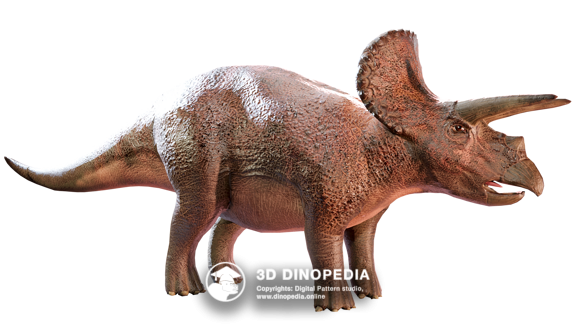

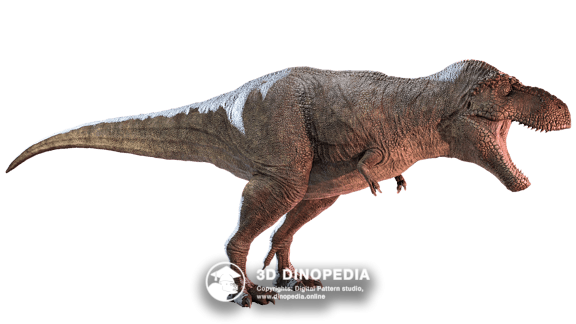



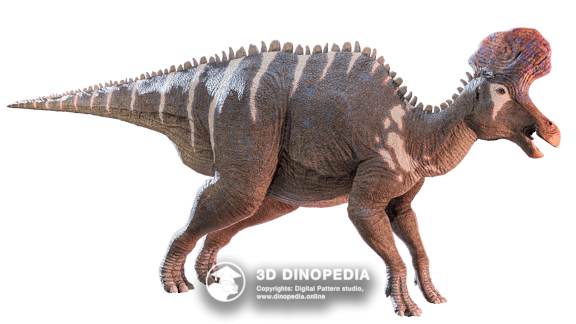


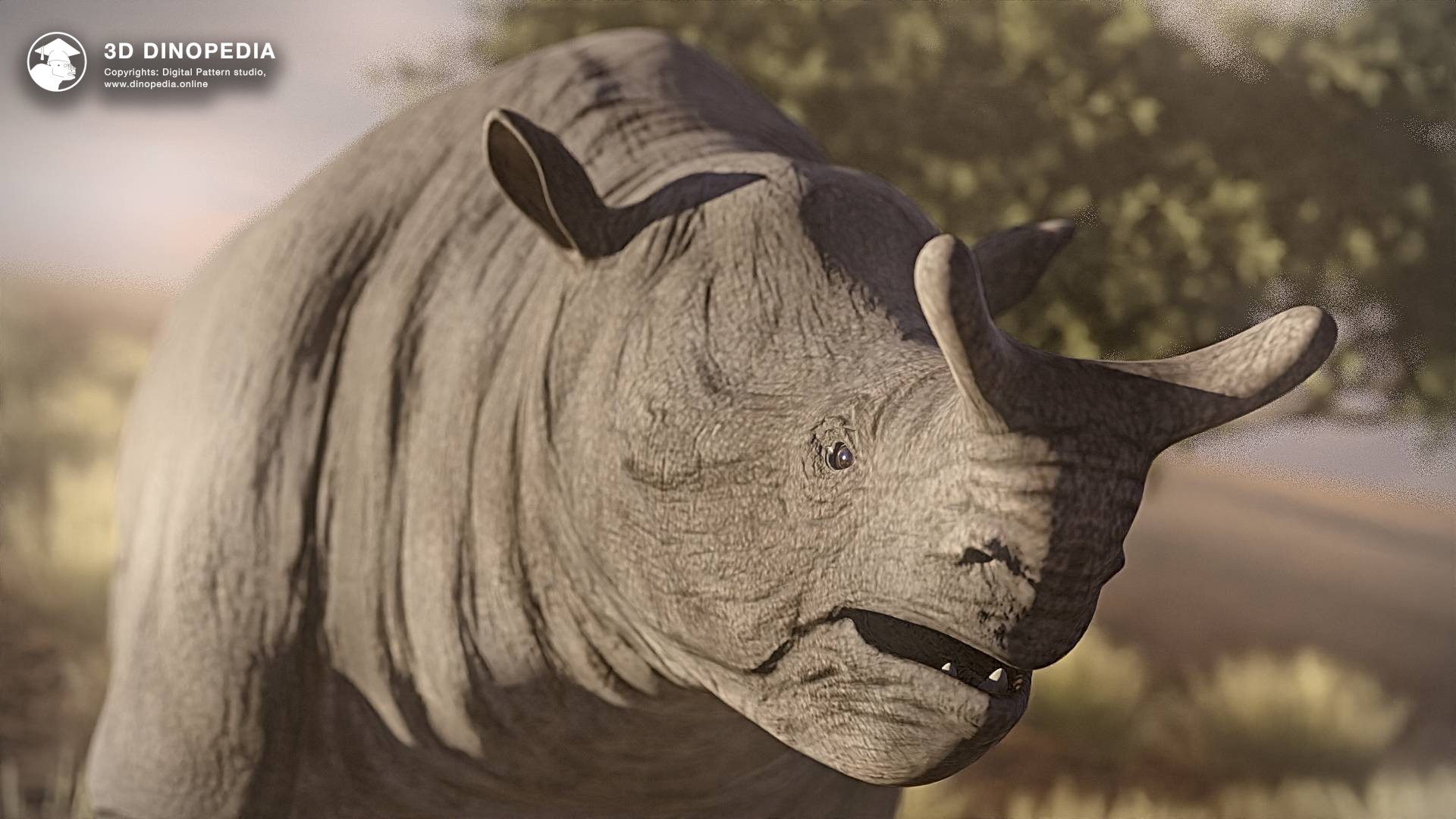

{{ count }} comments
You must login to write a comment